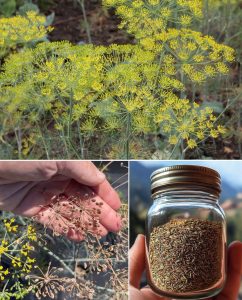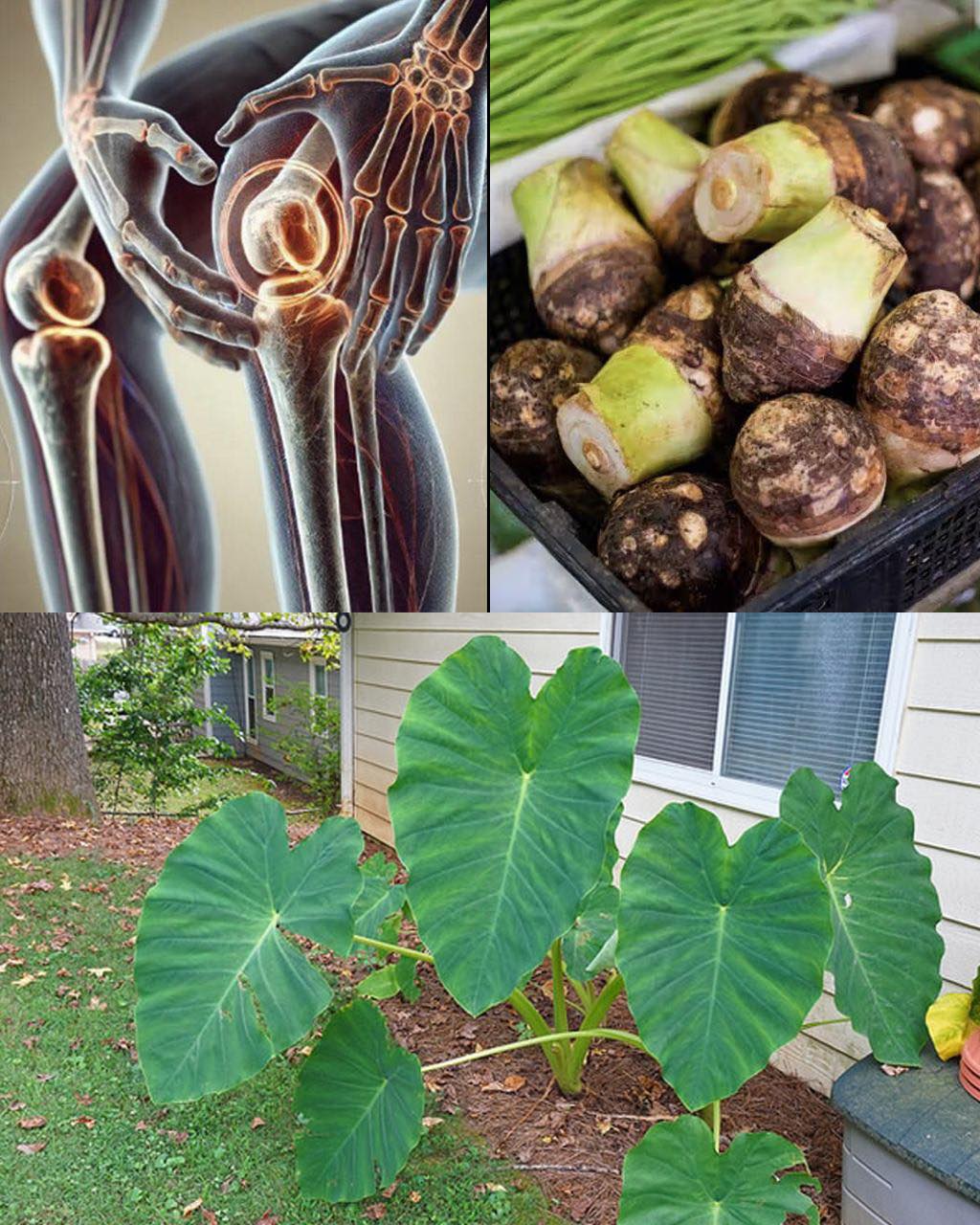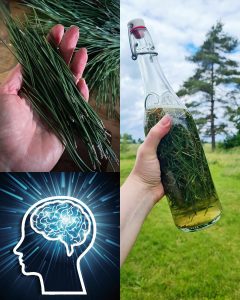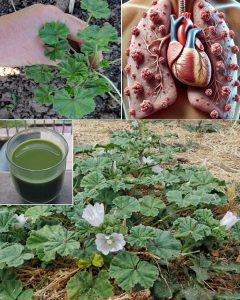
Dill Seeds: A Forgotten Treasure for Digestion, Hormones, and Restful Sleep
While dill is commonly used as a fresh herb in the kitchen, few realize that its true healing power lies in…

Taro, scientifically known as Colocasia esculenta, is more than just a humble root vegetable. With its rich history, diverse culinary uses, and remarkable health benefits, taro has gained recognition worldwide as a “superfood” that deserves a prominent spot in your diet. But its value doesn’t end with its root—this plant offers a wealth of benefits from its leaves to its cultural significance.
Taro is one of the oldest cultivated crops, with a history that dates back over 10,000 years. Native to Southeast Asia, it spread to the Pacific Islands, Africa, and the Caribbean, becoming a staple food in many tropical and subtropical regions. Known by various names such as kalo in Hawaii, dasheen in the Caribbean, and arbi in South Asia, taro has been cherished for its ability to thrive in challenging conditions and its versatility in the kitchen.
Taro root is a powerhouse of nutrients, offering a wide array of health benefits:
Taro’s versatility in the kitchen is unparalleled. Its mildly sweet and nutty flavor makes it a delightful addition to both savory and sweet dishes. Here are some popular ways to enjoy taro:
Tip: Always cook taro before consuming, as raw taro contains calcium oxalate crystals that can irritate the skin and throat.
Beyond the root, taro leaves are a nutritional treasure trove. Rich in vitamins A and C, iron, and calcium, these leaves are a great addition to a balanced diet. When cooked, they lose their natural bitterness and become tender, making them perfect for dishes like:
Note: Like the root, the leaves must be cooked thoroughly to neutralize calcium oxalate crystals.
Taro offers more than just dietary advantages. Its bioactive compounds have shown promise in:
For centuries, taro has been used in traditional medicine across cultures:
Taro is a sustainable crop that thrives in wetlands and poor soil conditions. Its ability to grow in diverse environments makes it a reliable food source for communities facing climate challenges. Additionally, every part of the plant can be utilized, reducing food waste and contributing to a sustainable food system.
If you’re new to taro, start with simple recipes like boiled taro or taro soup. As you grow more familiar with its flavor and texture, experiment with creative dishes like taro pancakes or ice cream. For health-conscious individuals, taro flour is an excellent gluten-free alternative for baking.
Taro (Colocasia esculenta) is more than just a plant; it’s a symbol of resilience, versatility, and nourishment. From its nutrient-rich root to its vitamin-packed leaves, every part of this plant offers unique benefits that make it a must-have in your diet. Whether you’re seeking better health, a sustainable food source, or culinary inspiration, taro is a gift from nature waiting to be unlocked. So, the next time you see this unassuming plant, remember—you’ve just found a treasure trove of potential.

While dill is commonly used as a fresh herb in the kitchen, few realize that its true healing power lies in…

Pine trees are everywhere, but many people don’t realize how valuable their needles are. For centuries, pine needles have been…

Nature has always offered a refuge for the mind and body. Among the simplest yet most powerful practices is sitting…

Nature provides an abundance of ingredients that can be used in creative ways for personal care, and lemon juice combined…

Blueberries are one of the most antioxidant-rich fruits you can eat, and preserving them properly means you can enjoy their…

When most people eat a papaya, they enjoy the sweet orange flesh and throw away the small black seeds. But…

She was only two years old. Pink shirt. Rainbow leggings. Clutching a teddy bear like her life depended on it.…

Ingredients: 2–3 oz chocolate fudge syrup Ice 4 oz full-fat whole chocolate milk 1 1/2 oz dark rum 1/2 oz…

Delicious and creamy treats that are perfect for any occasion! Ingredients: – 1 1/2…

How does your body change when you drink a cup of coffee every day? Drinking coffee daily can bring several…

A Grandmother’s Secret That Still Works Today Sometimes, the simplest home remedies passed down through generations turn out to be…

In everyday life, many plants that grow along roadsides or in gardens are often dismissed as worthless “weeds.” However, according…